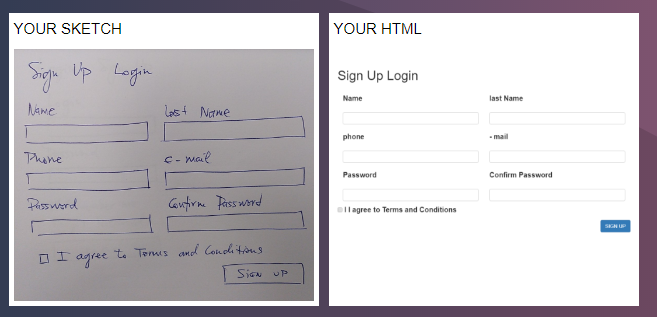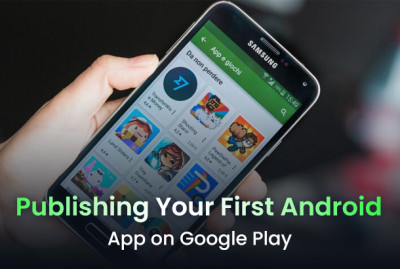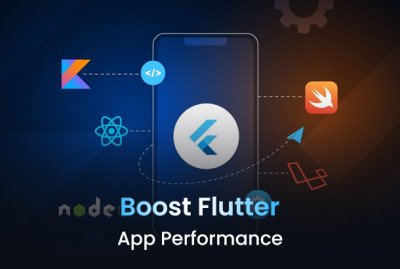There are many programming languages working in the IT industry these days.
Also, much more useful programming language will be available in the future.
Apart from hundreds of programming languages studies and research from our expertise, Creative Design & Multimedia Institute bunch out most demanded programming languages every programmer should have to learn for future career growth.
Which programing language do you have to learn?
A new bee programming student list out demanded programming language to learn.
Python
JavaScript
Dart
Kotlin
Java
NodeJS
React JS
Swift
PHP
C#
1.Python
Python is the general-purpose programing language.
Python is the open-source high-level fastest-growing programming language.
Python is the best programming language to learn first in 2020 and future every programmer should learn for the future.
Advantage of Python Learning:-
Python used for creating the web application
Create a desktop application
GUI based application
Python use for data analytics and data science
Python use for machine learning
Plenty of libraries
2. JavaScript –The scripting programming language
JavaScript is highly recommended programming languages and most demanded programming language for server-side and client-side programming language.
Advantages of JavaScript:-
Fast in speed in client-side browser
Simple and easy to understand in learning and implementation
Interoperability- use with various language and application
More Interfaces- JavaScript include such items as drag-and-drop components to give a Rich Interface
3.Dart Language for Flutter
Dart is an open-source programming language.
Dart language is a general-purpose programming language developed by search engine giant Google.
Dart programming language is to build applications for mobile, desktop applications, server-side web applications.
Dart language is easy to learning and understands for who has a master in OOPs
Dart programming language is a new language for developers.
Google introduces the documenting the Dart programming language.
After Google announced Flutter, Dart has got wider attention among the mobile app developer.
Big giant companies like Google, Alibaba, adopted Flutter, the popularity of Dart raised considerably.
4. Kotlin programming language
Kotlin is a general-purpose cross-platform, statically typed programming language with type inference.
Kotlin programming language is the official language for Android application development.
Kotlin Language developed by Jet Brains. Its name comes from Kotlin Island which is located near St. Petersburg, Russia.
Kotlin is simplicity mixed with power.
Kotlin is integrated with Android studio
Kotlin is safer than JAVA
Kotlin is multi-platform
Kotlin is very easy to learn
Biggest Advantages of Kotlin
Interoperable With Java- Kotlin is that it's compatible with Java
code conciseness
Easier to maintain
Easier to read
Easier to apply changes to when needed
Safer Code
It's Been Created to Boost Your Productivity
5. Java Language
Java programming language is a powerful and most popular programming language used for developing server-side applications.
Java programming language is the preferred choice for a programmer for developing Android applications.
Many Fortune 500 companies use Java programming language for their desktop applications and backend development projects.
Advantage of using Java Programing language
Java has open-source libraries
Automatic memory allocation
Follows the Object-oriented programming concept
Highly secure due to the exclusion of explicit pointer and inclusion of a security manager responsible for defining the access of classes
Ideal for distributed computing
Offers a galore of APIs for accomplishing different tasks, such as database connection, networking, utilities, and XML parsing
Supports multithreading
Java code runs on any software
6. Nod JS
Node JS is a JavaScript interface programming language.
Node JS uses the programming interface of JavaScript language.
Node is a desktop application, runs JavaScript files.
Node JS can be defined as a dynamic, cross-platform, and open-source JavaScript framework or runtime environment that is built on the Google Chrome JavaScript V8 engine.
Ryan Dahl developed Node JS in 2009.
Node JS initially implemented as a client-side scripting language.
Advantage of Node JS Language
Node JS is easy to learn
Easy to Scalability
The open-source runtime environment of the Node.js also provides the facility of caching single modules.
Fast and Better performance. JS code directly into machine code which makes it fast.
Caching Support- Node.js supports caching
Lightweight and Extensible –it's open-source
7. React JS
React has become one of the most popular and efficient JavaScript front end libraries Developed by Facebook.
React helps in developing apps with more ease, scalability, and robustness.
The design and the security highlights are making the React as a well-known one. Acing different advances in a similar area is fundamental in the field of programming occupations
React JS Launched back in 2013.
Many Fortune 500 companies use React JS like Apple, PayPal, Netflix, and more than 32 thousand of websites are built using React JS framework.
Advantage of React JS
Easy to use and creating the dynamic web application
Reusability of component
React is easy to learn and understand
Enhance the performance of document object model
SEO friendly
Having plenty of JavaScript library
Scope for testing
8. Swift
Swift is an easy to learn powerful programming language for macOS, iOS.
Swift is a general-purpose, fast compiled programming language developed by Apple Inc.
Swift is a functional, imperative, and block-structured programming language.
Swift programming language is for iOS application, macOS application, watchOS application, tvOS application.
Swift language was developed by Chris Lattner for simple resolve code in Objective C and introduced in Apple’s 2014 Worldwide Developers Conference (WWDC)
9. PHP Language
PHP is a popular general-purpose scripting language developed by Rasmus Lerdorf in 1994 especially for web development.
PHP is a server scripting language and a powerful tool for making dynamic and interactive Web pages.
PHP stands for Hypertext Pre-processor.
Advantage of PHP Language
PHP is simple and easy to learn programming language
PHP is highly flexible during the project or after completing the project.
PHP is compatible with the majority of operating systems and can run on different platforms, including UNIX, Solaris, and Linux.
PHP is an open-source free web programming language
PHP is easily connected with the database
PHP is the fastest Programming language as compared to another programming language
10. C# Programming Language
C# (C-Sharp) is a programming language developed by Microsoft that runs on the .NET Framework.
C# is used to develop web apps, desktop apps, mobile apps, games, and much more.
C# is an object-oriented programming language
C# is used for
Mobile applications
Desktop applications
Web applications
Web services
Web sites
Games
VR
Database applications
Read More











































































































































































































































































































(0) Comments
Write a comment